
Impact Leadership Assessment
One of the most crucial traits for an executive leader is self-awareness. The goal of the leadership assessment is to enhance this self-awareness—helping leaders understand their leadership style, what works for them and their teams, the challenges they face, and more. The leadership profile empowers leaders to guide their teams in ways that produce deeper and more sustainable impacts for their communities.
I believe my presence is crucial to my team’s motivation and success
I am actively involved in all facets of my team’s work
My team looks to me for confidence and guidance during challenging times
I frequently inspire my team by discussing the long-term impact of our work
I stay informed about pressing issues in our field to guide my team effectively
Even without constant interaction, my team remains motivated by the vision I have set.
I am confident in my ability to develop detailed and effective plans.
My team relies on my problem-solving skills to overcome challenges.
I often come up with innovative solutions to complex problems.
I believe in my team’s ability to handle tasks independently.
I prioritize developing my team members’ skills and talents.
I regularly provide encouragement and positive feedback to my team.
I often take on challenging tasks to save my team from failure.
I prefer to lead by example rather than giving direct instructions.
I believe in maintaining strict control over my team.
I find that instilling a sense of urgency or fear is an effective way to motivate my team.
I am comfortable making tough decisions without input from my team.
I feel a strong personal responsibility for the success of my team.
Submit Email
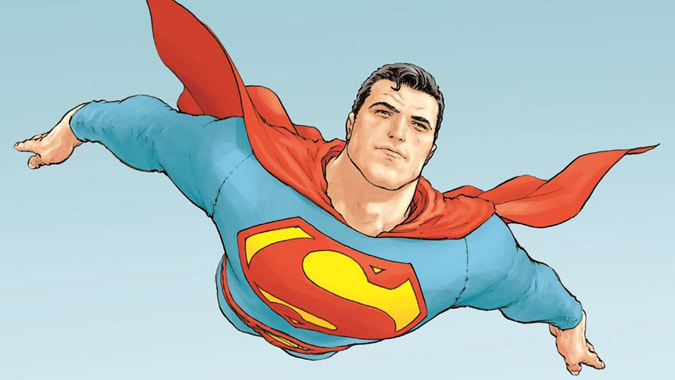
Icon
Tagline - Don’t worry, I am here!
Examples - Superman (DC), Blackbolt (Marvel), James T. Kirk (Star Trek), All Might (My Hero Academia), Whitebeard (One Piece), Optimus Prime (Transformers), Wesley (Princess Bride), Blue Marvel (Marve), Nick Fury (MCU), Galadriel (LOTR); Aang (Avatar:TLA)
Values
-
Confidence: "I believe my presence is crucial to my team’s motivation and success."
-
Engagement: "I am actively involved in all facets of my team’s work."
-
Inspirational Presence: "My team looks to me for confidence and guidance during challenging times."
Description - Like many superheroes, the effect of the Icon’s superpower is the ability to have others believe in them. Icon leaders share characteristics similar to figures like Superman, All Might (My Hero Academia), and Whitebeard (One Piece), instilling faith and hope into others when they enter the scene. In a practical sense, the team is motivated to challenge themselves and work diligently and together because of their shared belief in the Icon. This does mean that the Icon’s presence is constantly needed around the team to continue to motivate them. This also means that the Icon is constantly involved in facets of the organization because team members believe they are needed to accomplish something successful. The Icon is usually an experienced and proven leader who is praised internally in the organization, and externally among other social impact leaders. It is less that the Icon is a micromanager and more that the team members around the Icon want to have them around more in order to feel confident on the projects they are working on.
Power Source - Their confidence. The ability to believe in themselves, regardless of the situation they find themselves or their team in. No issue is too big or no problem too complex - they have seen it all and done it all and they get the job done.
Kryptonite - One would assume that failure or a lack of confidence would be the weakness of an Icon. That is not the case - Icons fail all the time - just look at the stories of these heroes. When the Icon starts to lack confidence, it is usually refueled by the team that believes in them or by their duty to show up for the team. The true Kryptonite for an Icon leader is when their team stops believing in them. This occurs when the Icon goes back on something they shared with the team, or publicly shames the team, or does something morally wrong that is not reflective of what a leader in the organization should do. It is a paralyzing impact for an Icon leader, because the source of the team’s strength is in their belief in the Icon, so when that is gone, the Icon is nothing more than a micromanager. It has such a negative impact on a team, It would be better for an Icon to dismiss non-believers vs trying to work with them.
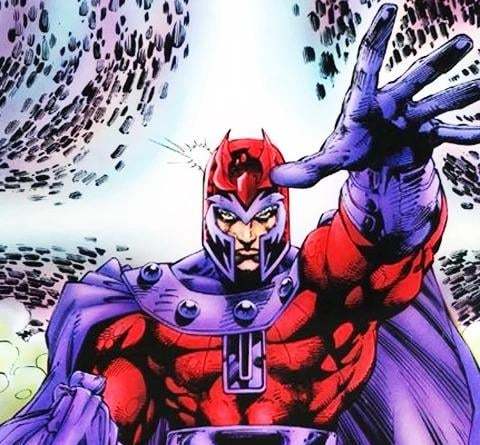
Visionary
Tagline - We’ll build a better world - Together!
Examples - Magneto (Marvel), Lilandra-Shi'ar Empire (Marvel), Ceaser (Planet of the Apes), Mustafa (Lion King), Daenerys Targaryen (GoT), Storm (Marvel), Vandal Savage (DC),Namor (Marvel), Wonder Woman (DC), Killmonger (Marvel); Amon (Avatar:LoK), Dr Doom (Marvel)
Values
- Articulation of Vision: "I frequently inspire my team by discussing the long-term impact of our work."
- Awareness: "I stay informed about pressing issues in our field to guide my team effectively."
- Motivation Through Vision: "Even without constant interaction, my team remains motivated by the vision I have set."
Description - Often shown as extremist like Magneto or Black Adam in comic books, Visionary leaders are some of the most effective leaders in the world of social impact. Magneto works tirelessly for a society where Mutants can thrive - protected from the threat of humans. They motivate, inspire, and lead others on their shared belief in working towards a more ideal world - often synonymous with the mission and vision of the organization they work in. Team members can’t help but get re-inspired when they hear the Visionary speak or when the Visionary discusses the impact the organization has made or the stories from those who have benefited from the work the organization has done. The Visionary may not even directly talk or engage with team members for extended breaks - the belief in the vision motivates the team members day to day. Coupled with a pragmatic approach of setting visions for each year, each quarter, each event, etc., the Visionary will have the team believe in their day to day work - knowing with FULL confidence that they are playing an integral part in building the world they want to see.
Power Source - Visionaries can articulate a picture of the world they are working towards - constantly inspiring and reminding others of the big picture. It’s what motivates them and keeps them pushing daily. Even if they benefit from some of the systems and practices that are in the world currently, they don’t forget what they are working towards. It is that single desire that moves them, and inspires those around them.
Kryptonite - One would assume that a team member losing faith of the vision of a better world would be the Visionary’s weakness. That is not the case - if a team member looses faith in the vision, more than likely they will leave the organization as a whole or keep it to themselves since the workforce is motivated towards the vision. One would also assume the weakness could be the Visionary losing faith in the vision. This is also not the case - ALL Visionaries have doubts! Every iteration of Magneto explores his struggle of deciding the right path for building a better world for mutant-kind. The true Kryptonite for a Visionary is if the team believes the Visionary is not the right leader to lead them to the promise land. Outdated thinking, overused phrases/stories, tone-deaf reactions to real world events will have team members question if the Visionary is fit, motivated enough, or close enough to the cause to actually help the organization build a better world. It would be better for the Visionary to leave the organization completely than to lead a team that doesn’t believe they are fit to carry out the vision. Rather, the Visionary is burdened with constantly being aware of the pressing issues of the world, with a clear opinion on each topic, to stay relevant in the desire of pushing the work of the organization forward.
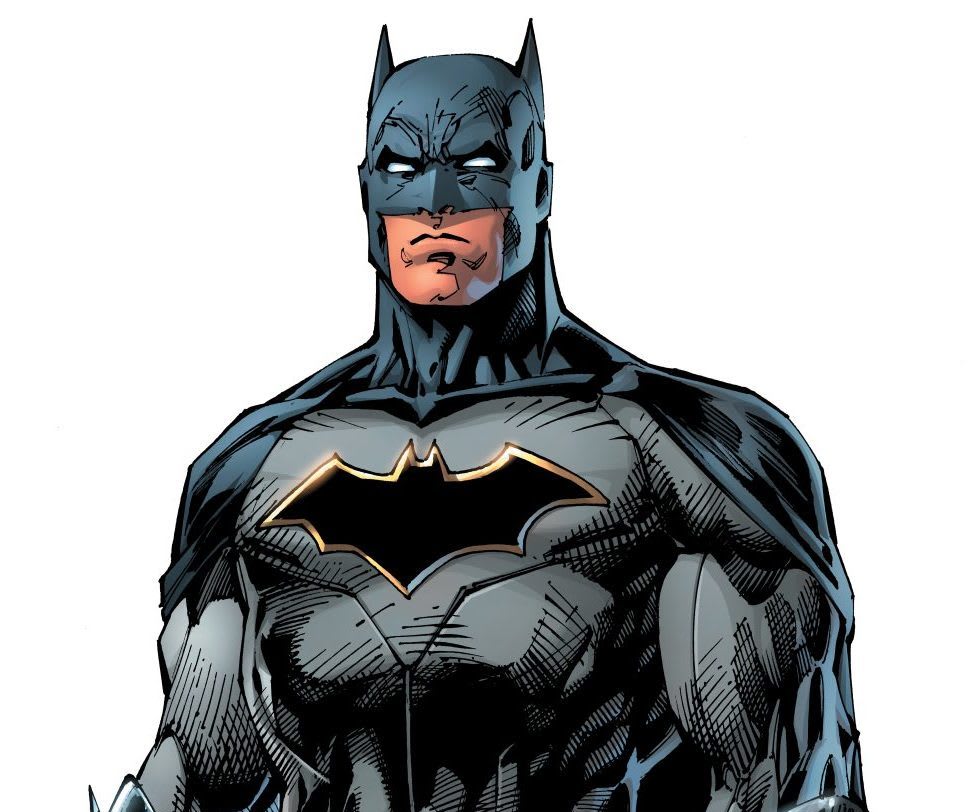
Strategist
Tagline - Stick to the plan!
Examples - Batman (DC), Iron Man (Marvel), Ozymandias (Watchmen), Hermoine Granger (Harry Potter), Erwin Smith (AoT), Oracle (DC), Cyclops (Marvel), Danny Ocean and Debbie Ocean (Ocean’s Franchise), General Leia (Star Wars), Donatello (TMNT), Jenny Sparks (Authority), M (Bond Franchise), Gandalf (LOTR), Data (Star Trek), Cecil (invincible), Black Panther (Marvel)
Values
- Planning: "I am confident in my ability to develop detailed and effective plans."
- Problem-Solving: "My team relies on my problem-solving skills to overcome challenges."
- Strategic Thinking: "I often come up with innovative solutions to complex problems.”
Description - Superhero fans across the world have joked about Batman’s ability to do anything as long as he has ‘prep time.’ In several Avengers stories, all hope is lost until Tony finally figures out how to stop the big bad. These are examples of Strategist - leaders who can inspire and motivate by their ability to make the perfect plan to save the day. Strategist are usually cursed with being the smartest ones in the room. Not having some of the charismatic traits as the other leaders, they depend on their intellect and experience to lead their teams. And because their plans are so sound and clear, their teams are motivated to execute them because they believe in the Strategist and, more importantly, they believe in the Strategist’s plan. Team members go to the Strategist with questions ALL the time, and expect the Strategist to have the answer - and that answer is usually the definitive right answer.
Power Source - Their intelligence! Strategist can often close their eyes, think of the goal, and can outline a plan to execute that goal. All they need is the space to be creative, the constants, and a list of resources they have at their disposal. Their ‘Bat-cave,’ ‘Avenger’s Tower,’ or ‘evil hideout’ is paramount. They need a space to let their genius flow and usually stay in that space until they appear with a clear idea on how to save the day.
Kryptonite - One would assume that the Strategist’s weakness is the plan not working or the team not believing in the plan. Neither are the case. The team does not need to understand the plan, or believe in the Strategist for that matter, they just have to execute the plan (e.g. Do your job). Batman and Iron Man’s plans have failed multiple times, but their teams never stopped believing in them. In fact, they just wait to hear what Plan B is. The Strategist can typically explain why a plan didn’t work and learn from experience to make an even better plan. In fact, a team can go through several failed plans from the Strategist before ever losing faith in the plan because of the Strategist’s ability to learn, adapt, improve, and explain their plans. The true weakness of the Strategist is if they lose their creativity. If, all of a sudden, they can not think of a plan for an issue, they and their teams are faced with unfamiliar territory - needing to find hope and faith from a new source since the plan does not exist. When a Strategist is faced with this issue (typically due to burn out or lack of inspiration), they will need to depend on others to hear how they would approach the work - an unfamiliar setting for Strategist as they are usually the ‘smartest’ person in the room. But a wise Strategist can take council and create a sound plan built with the insight of others.
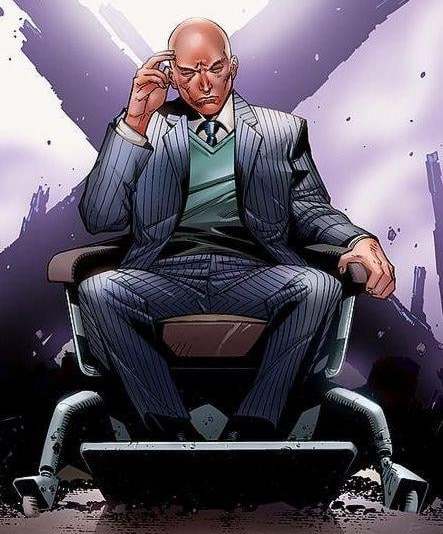
Coach
Tagline - I believe in you!
Examples - Professor X (Marvel), Guardians (Green Lantern Corps), Splinter (TMNT), Zordon (Power Rangers), Jean-Luc Picard (Star Trek), Master Shifu (Kung Fu Panda), Sean Maguire (Good Will Hunting); Aqualad (Young Justice), Dumbledore and Professor McGonigal (Harry Potter), Yoda (Star Wars), Kitty Pryde (Marvel), Black Lightning (DC)
Values
- Delegation: "I believe in my team’s ability to handle tasks independently."
- Supportive: "I prioritize developing my team members’ skills and talents."
- Encouragement: "I regularly provide encouragement and positive feedback to my team.”
Description - Professor X and Zordon (Power Rangers) are leaders of teams full of heroes, and are rarely the ones to get their hands dirty. This thought is not because they can’t (well, in Zordon’s case, he can’t…), but because they know the person(s) best fitted to save the day are the teams they lead. The Coach’s strength is the individuals on their team and their belief in their skill. The master delegator, the Coach see’s any issue and says “I know the best person for this job!” The Coach believes they are leading a team full of icons - leaders capable of great feats - and believe it is their job to tap their potential and put them in the right position to excel. The Coach doesn’t go looking for credit, unless it’s around how well the team has been set up for success. In a practical sense, the Coach is a developer of talent, a cheerleader, and a corrector. They would rather see their team member try and fail over taking the opportunity away from the team member from ever trying at all.
Power Source - Their power doesn’t come from their own ability, but the belief they have in the individuals on their team. They think the WORLD of their team and believe that each member is capable of greatness. The team members can’t help but believe they can do wonders when they are around the Coach - because the Coach won’t allow them to think otherwise. The Coach believes it is their job, their calling, to position their team members to accomplish greatness.
Kryptonite - Everything with the Coach is built on trust. The Coach believes in the team and the team believes in the coach. If trust is affected either way, the strength of this relationship is extremely affected. The Coach is nothing without the team, so if the Coach can’t trust the team, the Coach is left ineffective. Typically this looks like 1-2 members of the team that still have the Coach’s trust being overworked because the Coach won’t go to someone they don’t trust.
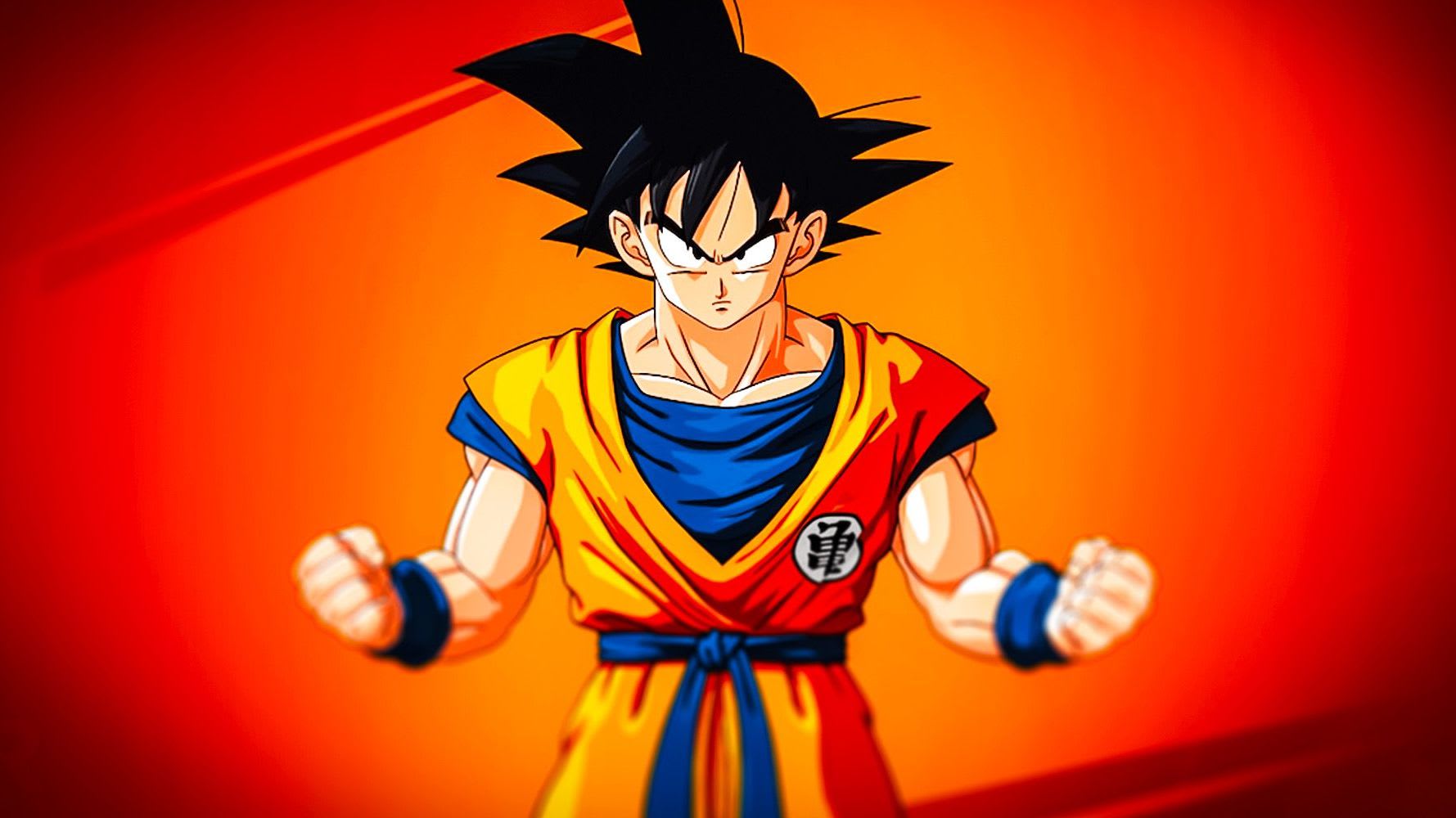
Hero
Tagline - I’ll take it from here!
Examples - Reed Richards (Fantastic 4), Goku (DBZ), Luffy (One Piece), Jon Snow (GoT), Luke Skywalker (Star Wars), Carol Danvers (Captain Marvel), Green Lantern - Hal Jordan (DC), Thor (Marvel), Rogue (Marvel), Nite Owl (Watchmen), Jack Sparrow (Pirates of the Caribbean)
Values
- Heroic Efforts: "I often take on challenging tasks to save my team from failure."
- Leading by Example: "I prefer to lead by example rather than giving direct instructions."
- Responsibility: "I feel a strong personal responsibility for the success of my team."
Description - As Loki has famously said, the Hero similarly feels they are burdened with a glorious purpose - whether it’s based on reality or not. The Hero has an inner belief that, at the end of the day, only they are the ones who can save the day. This pressure, this burden, drives their greatness but also inhibits them from believing in the potential and possibility of those around them. On the outside, the Hero shares a lot of similarities with the Icon (inspiring, confident), but there is one clear difference. While the Icon inspires and builds faith in their team, the Hero believes they must SAVE their team and only step in to save them. Reed Richards of The Fantastic Four has consistently put his family in harm's way and leaves them to face tough odds, while he tinkers on the actual ‘solution.’ The rest of the Fantastic Four bide time and do what they can until Reed comes in to save the day. Similarly, Goku from Dragonball Z doesn’t step in unless his team needs saving - often coming in at the very last minute to take on the big bad. In a practical sense, the Hero is a leader that won’t step in unless they see their team member struggle. Rather than help correct or teach the team member, they rather lead/teach by example, establishing the norm that the team should be able to learn via osmosis and proximity to the leader. Those who can, build trust in the Hero, and will get deployed to minor tasks like a ‘sidekick.’ Those who don’t will continue to be saved…and not invested in.
Power Source - Their team is the power source, but not like the Coach. The Hero looks at their team as people who can take care of the small tasks so they don’t have to worry about it. They believe they and only they should handle the big tasks. In order to feel like a capable leader, the Hero needs to feel like they can save the day, so they must have a team, a group, a community to save. If they fail, work too hard, or struggle, they are seen as a martyr. If they succeed, they get all the glory, further making them feel like a hero.
Kryptonite - While the Hero can do well with having sidekicks (team members who show the ability to pick up traits of the Hero and gain the Hero’s trust), the Hero struggles with individuals who don’t need saving and who show an ability to lead as effective or even more effective than the Hero. Hero leaders typically don’t know how to process these individuals and see them as arch nemesis (leaders who contradict the Hero’s leadership just by having the ability of not needing the Hero’s leadership). A Hero does not struggle with being questioned, or descent from the team because they still hold all the power and the ability to save the day. But once there is someone else who can save the day, the Hero questions their existence.
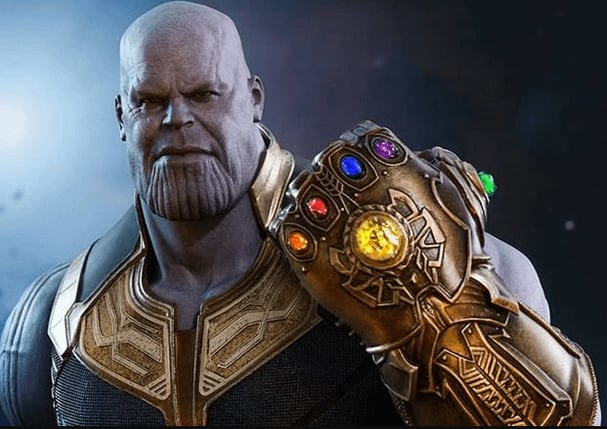
Overlord
Tagline - …or else!
Examples - Thanos (Marvel), Darkside (DC), Homelander (The Boys), Darth Vader (Star Wars), Negan (Walking Dead), Hela (Marvel), Megatron (Transformers), Ultron (Marvel), Cersi Lannister (GOT), General Zod (DC), Kingpin (Marvel), Tobias Whale (DC)
Values
- Authority: "I believe in maintaining strict control over my team."
- Fear-Based Motivation: "I find that instilling a sense of urgency or fear is an effective way to motivate my team."
- Decisiveness: "I am comfortable making tough decisions without input from my team."
Description - The Overlord prescribes to the Machiavellian approach of being feared is better than being loved. Darkside rules Apocalypse with an iron fist - striking fear to even his highest officers. No one dares cross Darkside - his word is law. Similarly, his Marvel contemporary, Thanos has no desire to have friends or partners in his desires. His goal is obsolete, and you can either help him or face his wrath. While not as dramatic, in practice the Overlord follows a similar approach. They motivate their team by instilling fear if they do not succeed. They usually despise managers who have a soft touch - believing that they are ‘weak’ and will eventually prove to be ineffective in making the tough decisions. Overlords typically don’t enjoy being feared, but believe it is a necessary part of leadership. To the Overlord, to be an effective leader, the proper motivation is a pending punishment, with the reward being approval from the Overlord.
Power Source - Fear. The Overlord believes in the philosophy of the carrot and the stick. They can and will try the carrot, but have found the stick to be far more effective. In order to have fear, the Overlord must have perceived power over their team. This could be fear of being fired, lack of promotion, unfavorable work assignments, etc. The team members must exhibit a desire to please the Overlord in order to not receive their wrath.
Kryptonite - While morally questionable, fear has proven to be an effective leadership tool since the dawn of time. You’ll be hard-pressed to find few weakness with this tool, but there is a clear one - Attrition. People can only live in fear for so long before the feeling turns into something else. Oftentimes, fear can turn into hatred, and if the team hates the Overlord, it could lead to the downfall of the organization as a whole by those who would rather see it go down in flames than have the Overlord stay in place. The Overlord will have to follow the practice of balancing rewards and punishments to avoid descension.